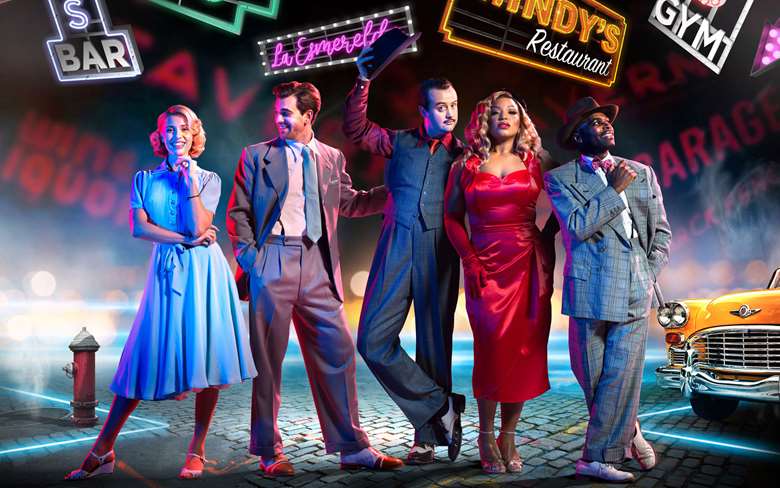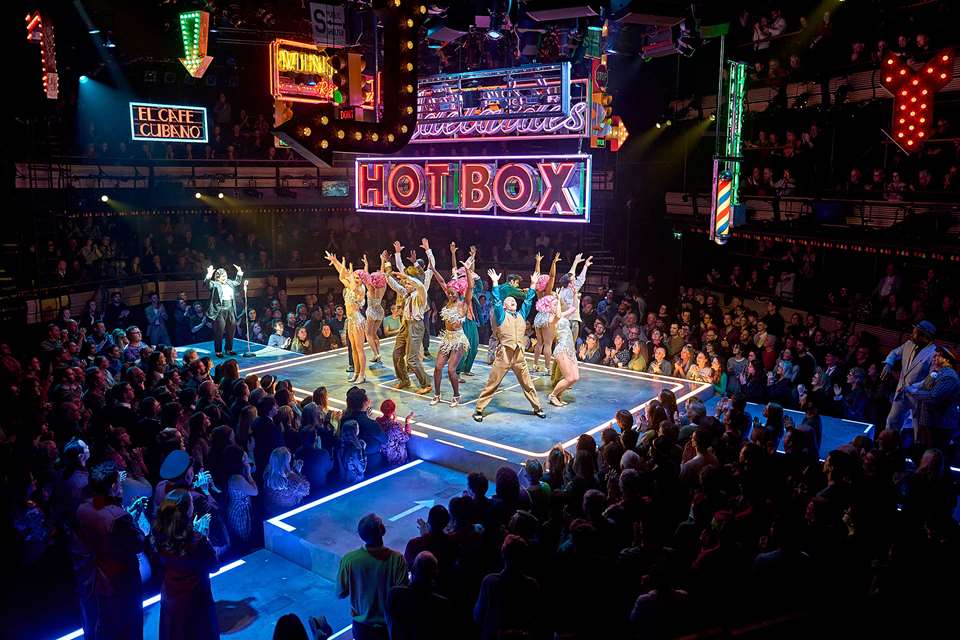Guys & Dolls: behind the scenes of Nicholas Hytner's new production
Matt Wolf
Friday, September 29, 2023
For his new, immersive Guys & Dolls, Nicholas Hytner is challenging the audience’s perception of what this classic Broadway musical can be. Matt Wolf speaks to him, and to his fellow creatives, to find out if their vision will pay off


Register now to continue reading
Thank you for visiting MusicalsMagazine.com. Sign up for a free account today to enjoy the following benefits:
- Free access to 3 subscriber-only articles per month
- Unlimited access to our news, podcast and competitions pages
- Free email newsletter


